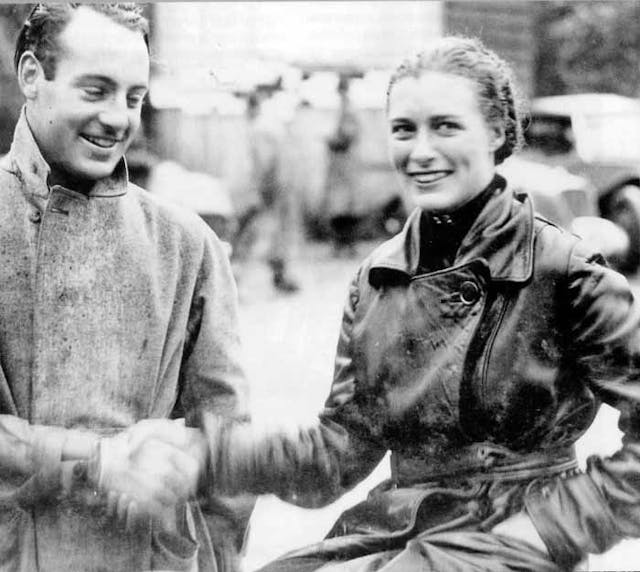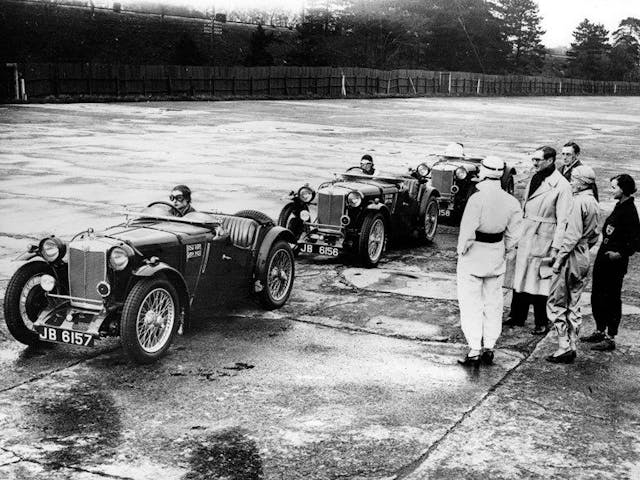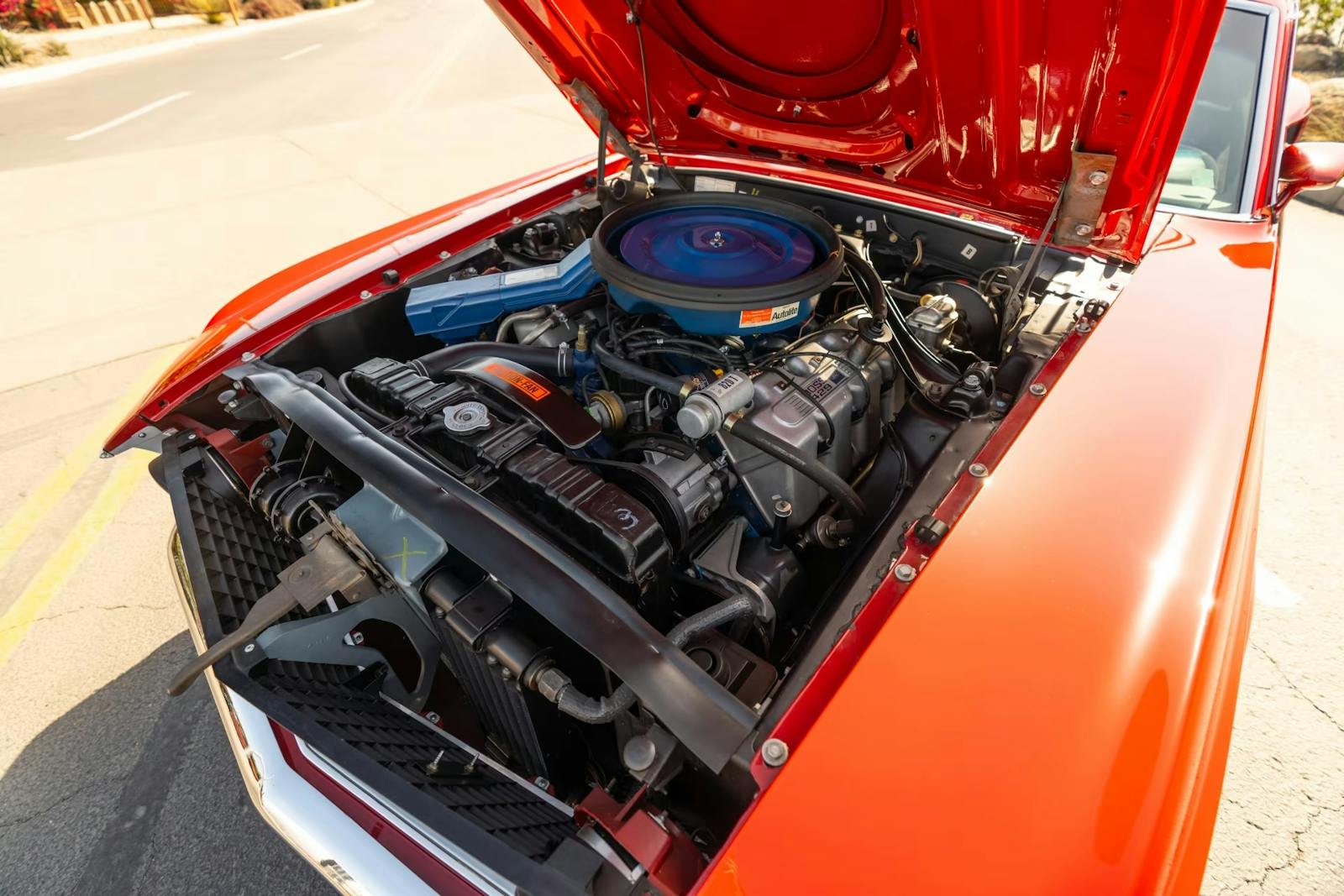The original Ladies of Le Mans
The 2020 24 Hours of Le Mans was notable for two reasons.
Firstly, it took place in September because of the pandemic, missing its traditional June timing for only the fourth time in almost a century. It was also the first time that an all-female team raced in the LMP2 category, making headlines on the way to finishing 13th overall and ninth in class.

The sterling effort put in by Tatiana Calderón, Sophia Flörsch, and Beitske Visser in the 600-hp Richard Mille Racing Oreca, was not, however, the first time that a team of female racers had torn up the track at La Sarthe. That honor goes to Englishwoman Barbara Skinner and her six-strong team of “Dancing Daughters” in their factory-backed MGs. The year? 1935.
Barbara was born to drive. Her father Carl had founded the SU Company, making carburetors for the fledgling automotive industry. Barbara and her brothers all took to the wheel, but she was the real natural talent, only she wasn’t allowed to prove it as the British Automobile Racing Club refused to let women race until 1928. At first the rules were changed to permit Ladies-only events, but finally, in 1932 the BARC agreed that women could race men.
It was, quite literally, a gift for Barbara. On April 6, 1932, Carl gave her his Morris Cowley Special as a 21st birthday present and she entered it into the Shelsley Walsh hillclimb that September. In her debut drive she won the MAC Ladies Cup for the fastest time of the day. Barbara would continue to be a regular at Shelsley Walsh throughout her racing career.

As was typical at the time Barbara showed her skills across multiple motorsports, entering the RAC Rally in 1933 and finishing a creditable 30th overall in her Morris. The highlight of her driving career would come two years later at the legendary Le Mans 24 Hours.
The six Dancing Daughters had three MG PA Midgets at their disposal. The cars were race prepared at the MG plant in Abingdon, Oxfordshire, where they were fitted with lightweight aluminum cycle fenders, an aluminum hood, and a single aero screen for the driver. Stone guards were placed over the lights and radiator and a second fuel pump was installed, while space was made for carrying spare wheels and tires. The little 847-cc MG engines were blueprinted, fitted with uprated valves and springs, a lightweight flywheel, and polished cylinder head to increase performance.

Barbara was teamed with Doreen Evans in car 55, car 56 was piloted by Joan Richmond and Barbara Simpson, while Margaret Allen and Colleen Eaton drove car 57.
It was a grueling race and only 28 of the 58 starters would make it to the finish. All three MGs were among them. They may not have had the outright speed to challenge the leading Lagondas, Aston Martins, and Alfa Romeos, but they had the reliability—and the women behind the wheel were more than skilled enough to “keep it on the island” without incident or accident.
When the checkered flag fell, Barbara’s car 55 came home in 25th place, sandwiched between the number 56 and 57 MGs, having covered 153 laps and some 1284 miles.
Sadly, Barbara was killed in a road accident in 1942, but her pioneering spirit—and that of the other Dancing Daughters—lives on with the growing number of women performing at the highest level of motorsports.



